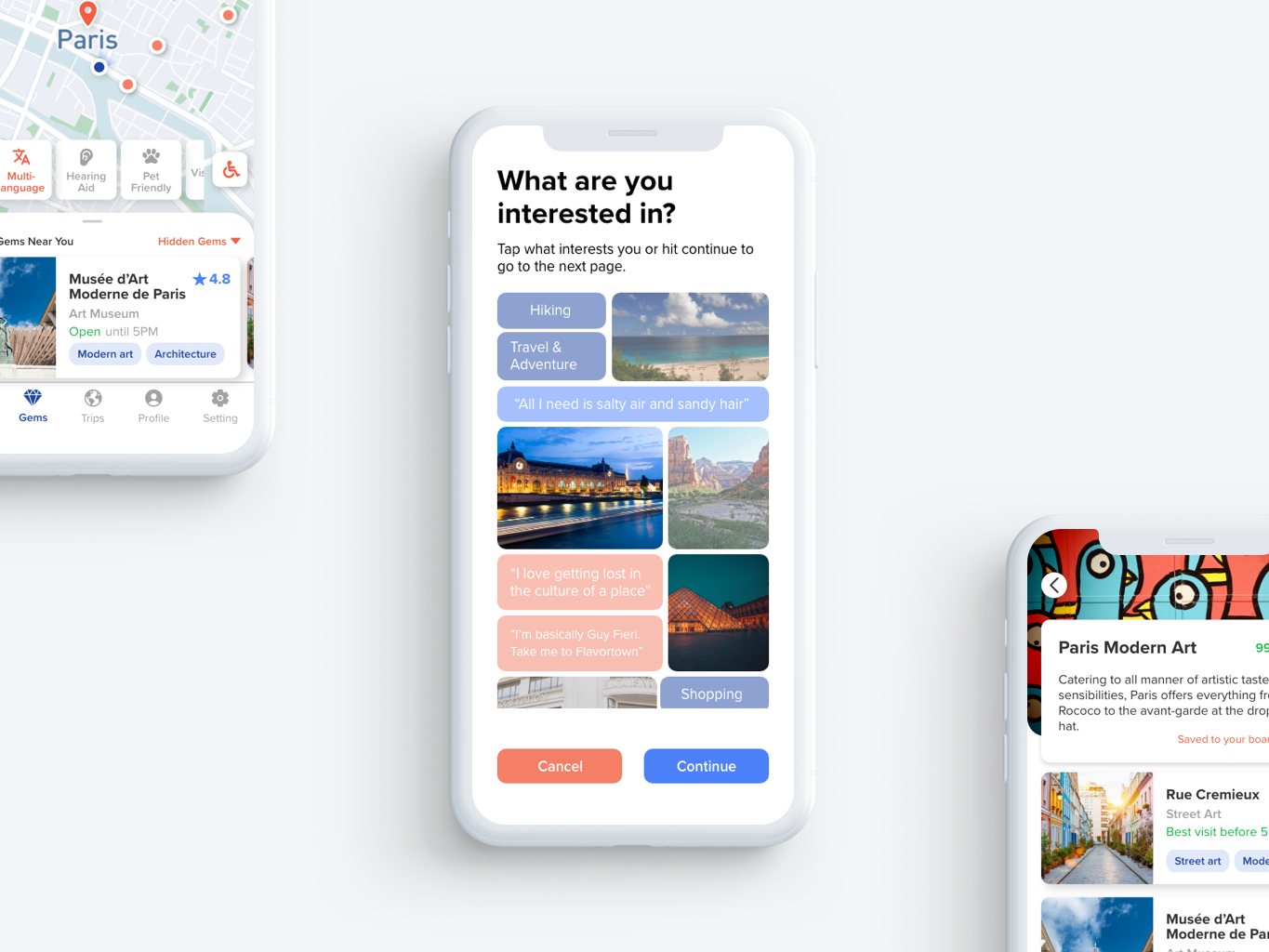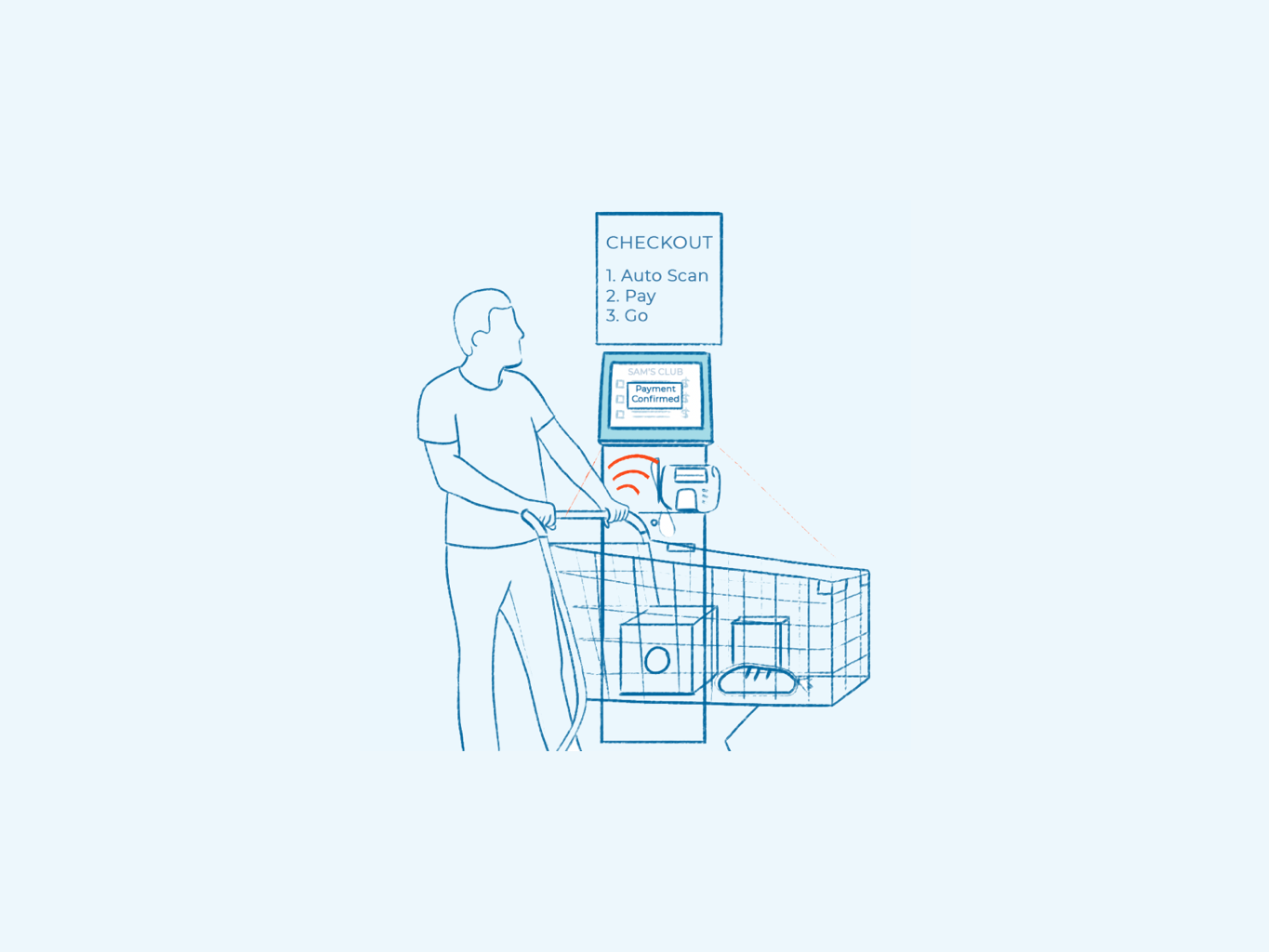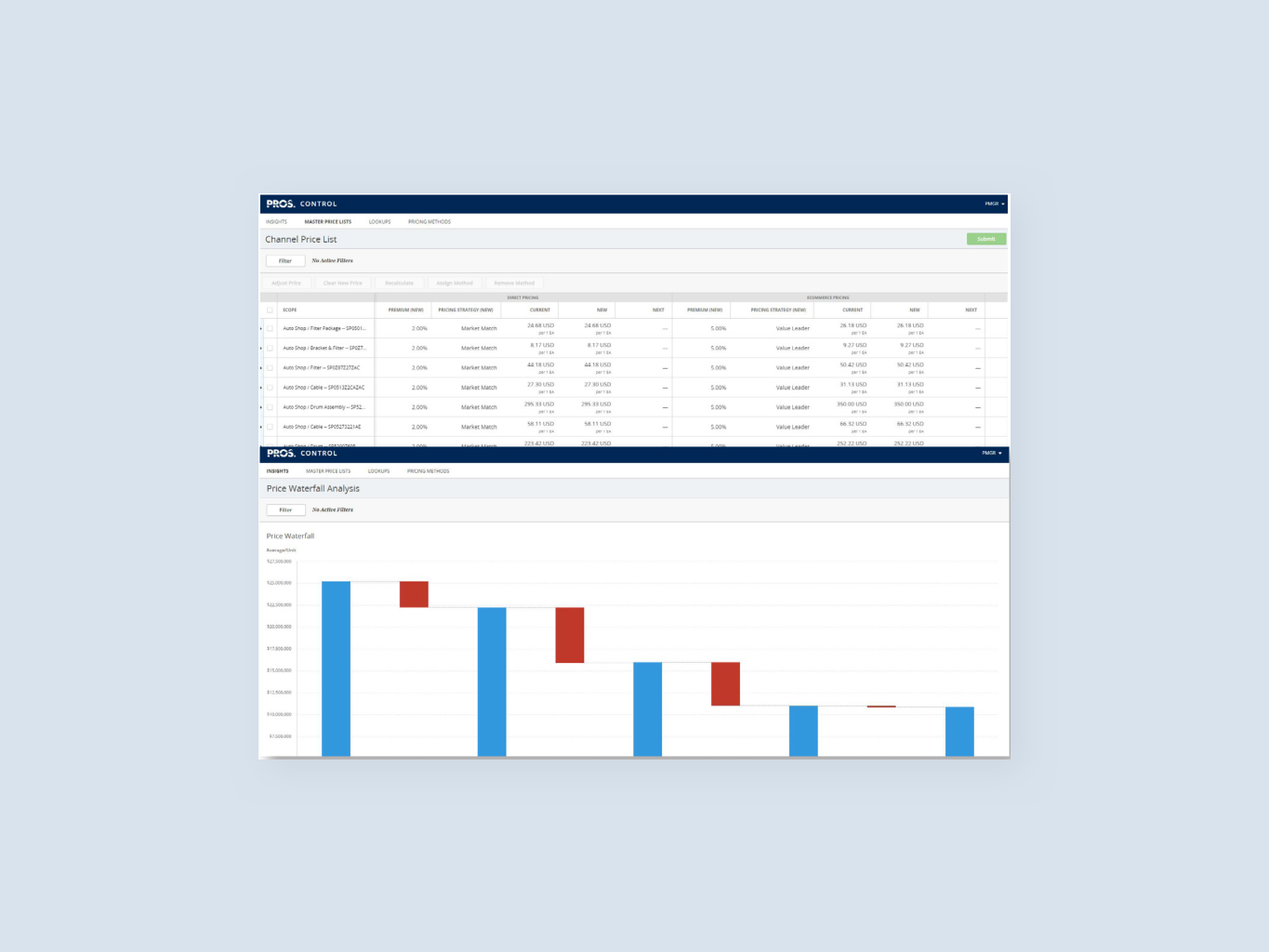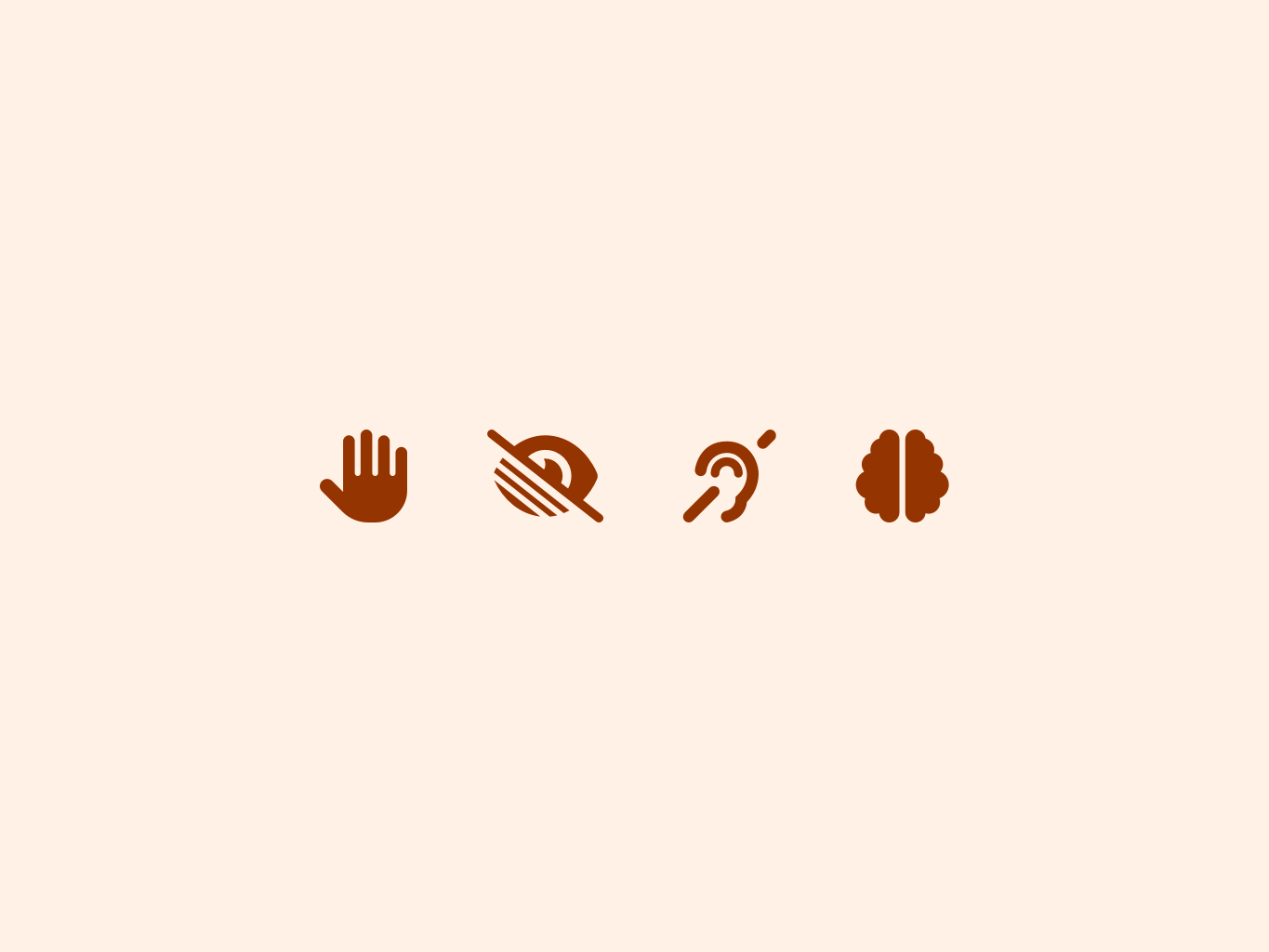Challenge
Design an experience to help adult children and their aging parents who live overseas to care for each other and stay connected.
Considerations
Business goals (as if this is a startup business)
• High user registration rate
• High user registration rate
• Opportunities to forge partnership with existing businesses
User / Usability
• Usability for senior groups and multi-language use are taken into consideration
• Usability for senior groups and multi-language use are taken into consideration
• Impression test is used to see if design matched their expectations
Technology constrains
• Parents’ level of using technology
• Dependency on existing technologies
• Advanced technology can be introduced later at stage with more development resources
• Parents’ level of using technology
• Dependency on existing technologies
• Advanced technology can be introduced later at stage with more development resources
Deliverables
Role
Researcher, designer and project manager - Capstone for my master in Interaction Design at University of North Texas
Process | Design Thinking Framework
01 Frame the opportunity
Started from conversations among overseas families
This project started from an ongoing conversation between me and my friends who are originally from another country and currently live and plan to settle down in the U.S. Our parents live overseas from us. As they start to retire and age, as adult children, the stress increases and the concerns get complicated.
Problem areas
Neither the adult children or parents would want to move to the other country because of opportunities, language barrier, life circle and mostly independence. How can we care and connect with each other across the ocean?
User groups
The primary user groups are adult children and aging parents. Other potential stakeholders may include other close family members, such as siblings, grandchildren, grandparents, and professionals from healthcare system.
To narrow the scope of this project, I focused primarily on adult children and aging parents, with other user groups in mind.
Primary user groups and other stakeholders
02 Understand the Users
Break it down from two aspects: Aging Care & Transnational Situation
Initial Research
Because it's a brand new experience, initial research helped me understand how to break down this big problem. I did a round of literature review and competitor analysis from two main aspects of the problem: aging care and transnational situation.
The existing products on the market cover different needs of the two aspects, but mostly target caregivers as their main users, leaving seniors out of the experience. In their context, caregivers also live with or relatively close to the senior family members, which is not in my case.
These findings helped me structure my interview questions to focus on covering the details of not only adult children's situation but also their parents, as well as the interactions between the two user groups.
Interviews
Remote interviews were conducted with 7 adult children and 2 parents. The child participants are between age of mid 20s to 40s, from 5 different countries. I selected participants from different countries to see if there were anything that’s culture or regional specific and what the common ground is.
Interviews showed that users' top concerns are surrounded around these areas:
Top interview findings
Empathy Maps and Personas
Empathy maps were used to document and summarize the feelings and words children and parents expressed during the interviews. These words and feelings later became one of the main design objectives, which was how the system can help families relieve from the feelings.
Based on the research and empathy maps, I made four personas: three adult children (Jae, Charlotte, Meng & Yu family) and one couple parent (Huang & Pan family). The children personas do share common pain points but their design drivers and priorities differentiate from each other based on what life stage they are at.
Adult children persona, Meng & Yu family
03 Explore Ideas
Dive into 4 top concerns: Health, Emergency, Communication, Aging Plans
Now I understood user’s pain and goals, I went back and reframe the opportunities in these Golden Questions and specified pain points and opportunities under each question. I then asked my users to validate and vote on their top ones.
It all came down to top 5 opportunities from the four top user concerns uncovered during the interviews.
I asked participants to vote on the pain points and opportunities
04 Define New Concept
User needs, business opportunities and tech feasibility in mind
User need statements
Moving onto ideation phase, with the top pain points and opportunities in mind, I imagined how both adult children users and parent users can have new experience when encountering their problems. I chose each one of the personas from either side: Meng (40, the settled child) and Mr. Huang (67, the worrying parent), as they have more complex context among all personas, and they have better financial standings and urgent needs to be potential paying customers. See user need statement 🔗
Brainstorming and idea prioritization
Understanding where the opportunities lie, I generated 26 ideas around the four key aspects. I rearrange all ideas into groups that share the similar themes and might be able to implement in different stages. I also plotted all ideas on a prioritization chart and implementation chart to filter down ideas that are either not technologically feasible at this point or not as important as the others.
Brainstorming, organizing in themes and prioritizing in stages
Final big ideas
Based on the top user needs from research, business opportunity of partnering with existing providers and how feasible the technology is to implement for the first stage of this business (as if we are a new startup), the below are my final big ideas:
Big ideas that made it to the cut
Storyboarding the new experience
I created four storyboards around the final ideas to visualize how the new experience would make users life easier.
Storyboard for one of the big ideas: healthy together
05 Design prototypes
Sketches, wireframes, design guide, prototypes
Based on the four user scenario storyboards, I created sketches and wireframes to map out the user flows. A simplified style guide with key design considerations were generated to guide the design directions. All turned into the high-fidelity prototypes for key screens that are tied to the storyboards.
Design process: Sketch - Low-fi wireframes - Hi-fi prototypes
How design considerations go into my design
06 Validate with users
Impression testing
I was only able to do impression testing with a few adult children users to gather a round of feedback to see if they understand what each screen is about and if each concept could address their pain points.
They thought the ideas are fun and give them more options to connect their close family than just messaging and calling. Most improvement comments are about data privacy (location), medical record handling as well as questions about the dependencies (wearable technology for their parents, etc).
User feedback example and iterations
Future Development
As I understand how complex the problem is and the fact that a single digital product can’t address all aspects of the issues, there are two ways to further develop the system to form an ecosystem.
Gradually adopt more advanced technologies or systems
Use the power of communities and services to form a chain of support
Reflections
Research is an ongoing process: I spent longer than I expected on the research phase because I kept feeling I wasn’t doing enough interviews or asked the right questions, even though I’ve already started hearing repeating answers. Now l realize that I should have taken the happy path and spent more time testing and iterating on ideas.
Better scoping: It wasn’t till when I started storyboarding, I finally gave up on some ideas. Knowing how many opportunities were there for this big challenge, I wanted to cover them all. Utilizing better strategizing tools earlier in the process could save me lots of headache to focus.
More testing: I wasn’t able to test with parent users within the given time because a complete set of new screens were needed with translated language. I would take early consideration on the language aspect and make it available for parent users.



